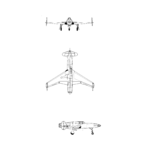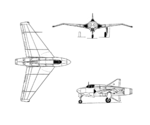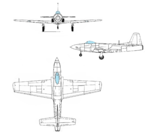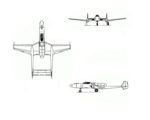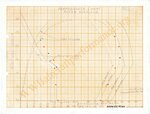- Thread starter
- #761
You mean the trends that were occurring at the time with aircraft getting bigger and faster. The A-26 and P-80 weren't airborne in 1940-1941, the first flew in 1942, the other in early '44.It should have been anticipated.
Seems to make enough sense.In 1940-41 time frame studies and tests should have been made so that training could be implemented quickly.
That sort of *is* adapting to higher performance aircraft.As for the Navy, they should be studying how to improve efficiency and safety of carrier deck operations and how to handle heavier and faster aircraft. Instead they were busy making advance aircraft compatible with aircraft carriers designed to carry biplanes.
Alligators?Of course both services were up to their butt in alligators at the time.
Probably not, but it seemed that the requirements didn't seem to dictate two propellers at first. I was told that about 3% of a difference in top speed occurred with the same horsepower if four nacelles and props were used instead of two.Not sure if the Jumo 211 had been developed into a double engine, as the DB 601 was with the DB 606.

